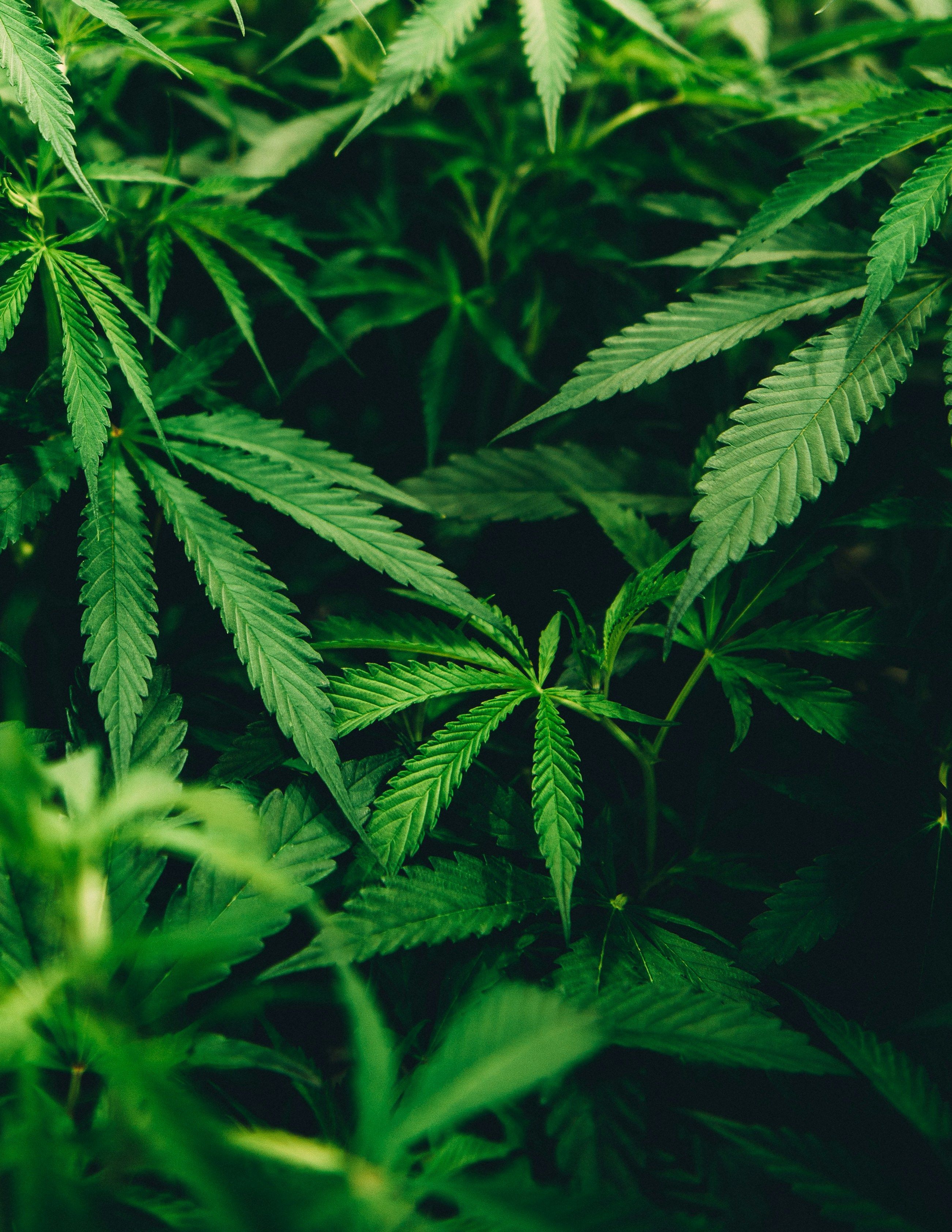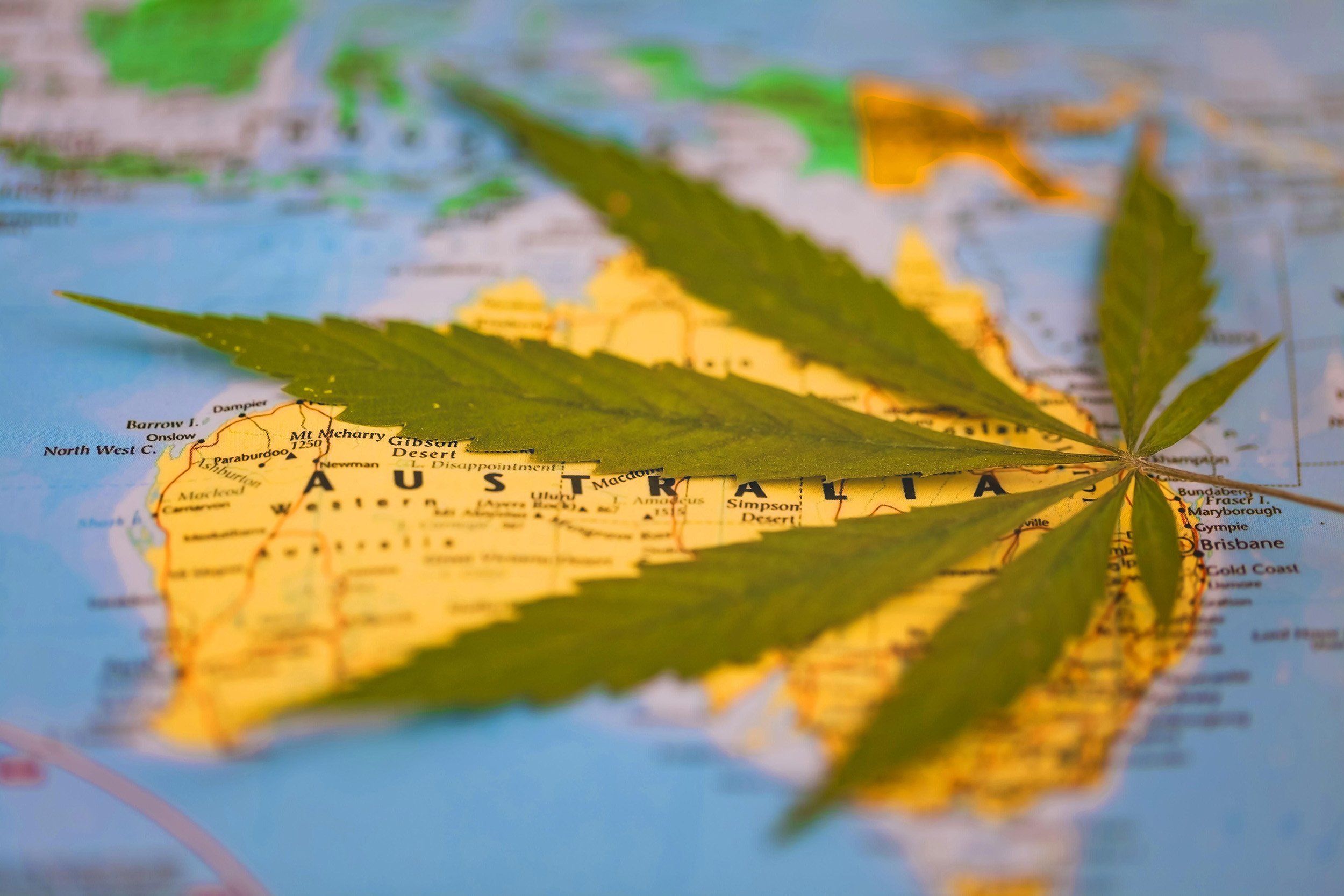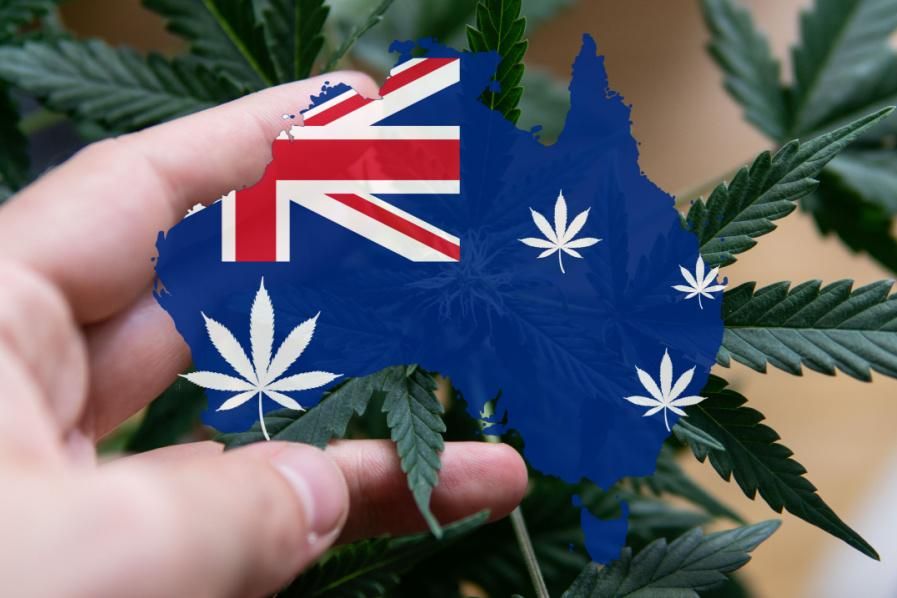Achieved 13 th consecutive quarter of profitability; Announces definitive agreement to acquire Harvest Health & Recreation Inc., one of the largest US cannabis acquisitions to date which would establish our southwest hub and expand national footprint
Trulieve Cannabis Corp. ("Trulieve" or the "Company") (CSE: TRUL) (OTCQX: TCNNF), a leading and top-performing cannabis company in the United States today announced its results for the quarter ended March 31, 2021 . The Company became a U.S. reporting company effective February 4, 2021 and the consolidated financial statements are reported in accordance with U.S. Generally Accepted Accounting Principles (GAAP). All currency is expressed in U.S. dollars.
Q1 2021 Highlights
- Achieved record quarterly revenues of $193.8 million , a sequential increase of 15% over Q4 2020
- Generated net income of $30.1 million
- Delivered Adjusted EBITDA of $90 .8 million
- Achieved gross profit of $135.3 million and gross margin of 70%
- Delivered $60.4 million in cash flows from operations
2021 Operational Highlights and Recent Events
- Recently announced definitive agreement to acquire Harvest Health & Recreation Inc., the largest cannabis acquisition announced in the U.S. to date.
- Harvest reported first quarter revenue of $88.8 million and Adjusted EBITDA of $26.9 million 1
- Reported first full quarter of operations in Pennsylvania and opened phase 1 of our new cultivation facility adding 45,000 square feet for a total of 80,000 square feet of cultivation
- Well-positioned to become a first-mover, vertically-integrated operator in West Virginia through successful application wins and the recent acquisition of Mountaineer Holding
- Expanded our Florida operations by eight stores and 116,000 square feet of cultivation, ending the quarter with 82 stores and over 2 million square feet of cultivation in Florida
_________________ | |
1 | As reported May 10, 2021 on the Harvest Q1 2021 Earnings Press Release |
"During Q1 we continued to execute on growth in Florida as well as our national hub expansions. Our record revenue and industry leading EBITDA margins demonstrate our continued focus on execution," stated Kim Rivers , Trulieve CEO. "The pending acquisition of Harvest will be transformative and will build on our profitability, expanding our runway for growth."
Rivers continued, "Our continued strength in our home state of Florida , as well as the build out of our northeast hub, with progress in Pennsylvania , Massachusetts and West Virginia , has generated momentum for an exciting remainder of the year. We expect many positive catalysts in the months ahead, which align well with the current political environment and heightened focus on cannabis in this country."
Financial Highlights
Results of operations | For the Three Months Ended, | For the Three Months Ended March, | |||||||||||||
(Figures in millions and % change based on these figures) | March 31, 2021 | December 31, 2020 | % change | 2021 | 2020 | % change | |||||||||
Total Revenue | $ | 193.8 | $ | 168.4 | 15% | $ | 193.8 | $ | 96.1 | 102% | |||||
Gross Profit | $ | 135.3 | $ | 119.9 | 13% | $ | 135.3 | $ | 73.8 | 83% | |||||
Gross Profit % | 70% | 71% | - | 70% | 77% | - | |||||||||
Operating Expenses | $ | 57.3 | $ | 52.0 | 10% | $ | 57.3 | $ | 29.1 | 97% | |||||
Operating Expenses % | 30% | 31% | - | 30% | 30% | - | |||||||||
Net income | $ | 30.1 | $ | 3.0 | 889% | $ | 30.1 | $ | 23.6 | 27% | |||||
Adjusted EBITDA 1 | $ | 90.8 | $ | 81.4 | 12% | $ | 90.8 | $ | 48.5 | 87% | |||||
1 | See "Non-GAAP Financial Measures" below for a reconciliation to GAAP. |
The Company's Form 10-Q for the quarter ended March 31, 2021 , is available on the SEC's website or at https://investors.trulieve.com/financial- information/quarterly-results. The Company's Management Discussion and Analysis for the period and the accompanying financial statements and notes are available under the Company's profile on SEDAR and on its website at https://investors.trulieve.com/financial-information/quarterly-results
This news release is not in any way a substitute for reading those financial statements, including the notes to the financial statements.
Conference Call
The Company will host a conference call and live audio webcast on, May 13, 2021 at 8:30 A.M. Eastern time , to discuss its first quarter 2021 financial results.
All interested parties can join the conference call by dialing 1-888-231-8191 or 1-647-427-7450, conference ID: 4880609. Please dial in 15 minutes prior to the call to secure a line. The conference call will be archived for replay until May 20, 2021 . To access the archived conference call, please dial 1-855-859-2056 and enter the encore code 4880609.
A live audio webcast of the conference call will be available at: https://investors.trulieve.com/events-presentations
Please connect at least 15 minutes prior to the conference call to ensure adequate time for any software download that may be required to join the webcast. An archived replay of the webcast will be available for 90 days by clicking the link above.
About Trulieve
Trulieve is primarily a vertically integrated "seed-to-sale" company in the U.S. and is the first and largest fully licensed medical cannabis company in the State of Florida . Trulieve cultivates and produces all of its products in-house and distributes those products to Trulieve-branded stores (dispensaries) throughout the State of Florida , as well as directly to patients via home delivery. Trulieve also has licenses in California , Massachusetts , Connecticut , Pennsylvania and West Virginia . Trulieve is listed on the Canadian Securities Exchange under the symbol TRUL and trades on the OTCQX market under the symbol TCNNF.
To learn more about Trulieve, visit www.Trulieve.com .
Non-GAAP Financial Measures
Our management uses financial measures that are not in accordance with generally accepted accounting principles in the United States , or GAAP, in addition to financial measures in accordance with GAAP to evaluate our operating results. These non-GAAP financial measures should be considered supplemental to, and not a substitute for, our reported financial results prepared in accordance with GAAP. Our management uses adjusted EBITDA to evaluate our operating performance and trends and make planning decisions. Our management believes adjusted EBITDA helps identify underlying trends in our business that could otherwise be masked by the effect of the items that we exclude. Accordingly, we believe that adjusted EBITDA provides useful information to investors and others in understanding and evaluating our operating results, enhancing the overall understanding of our past performance and future prospects, and allowing for greater transparency with respect to key financial metrics used by our management in its financial and operational decision-making.
The following table presents a reconciliation of GAAP net income (loss) to non-GAAP Adjusted EBITDA, for each of the periods presented:
Reconciliation of Non-GAAP Adjusted EBITDA | For the Three Months Ended, | For the Three Months Ended March, | |||||||||||||||||
(Figures in millions and % change based on these figures) | March 31, 2021 | December 31, 2020 | % change | 2021 | 2020 | % change | |||||||||||||
Net Income (GAAP) | $ | 30.1 | $ | 3.0 | 889% | $ | 30.1 1 | $ | 23.6 | (27)% | |||||||||
Add (Deduct) Impact of: | |||||||||||||||||||
Depreciation and Amortization | $ | 5.4 | $ | $4.0 | 36% | $ | 5.4 | $ | 2.2 | 148% | |||||||||
Depreciation included in Cost of Goods Sold | $ | 3.7 | $ | 4.1 | 0% | $ | 3.7 | $ | 2.5 | 0% | |||||||||
Interest Expense, Net | $ | 7.9 | $ | 3.7 | 115% | $ | 7.9 | $ | 5.9 | 34% | |||||||||
Share-Based Compensation | $ | 0.7 | $ | 0.6 | 33% | $ | 0.7 | $ | 1.2 | (39)% | |||||||||
Other Expense (Income), Net | $ | 0.0 | $ | 29.9 | (100)% | $ | 0.0 | $ | (4.9) | (101)% | |||||||||
Provision for Income Taxes | $ | 34.5 | $ | 27.3 | 26% | $ | 34.5 | $ | 17.9 | 93% | |||||||||
Acquisition and Transaction Costs | $ | 2.0 | $ | 4.7 | (57)% | $ | 2.0 | $ | - | - | |||||||||
COVID Related Expenses | $ | 3.8 | $ | 3.2 | 21% | $ | 3.8 | $ | 0.1 | 3,252% | |||||||||
Inventory Step up, Fair Value | $ | 2.5 | $ | 1.0 | 165% | $ | 2.5 | $ | - | - | |||||||||
Total Adjustments | $ | 60.7 | $ | 78.4 | (23)% | $ | 60.7 | $ | 24.9 | 143% | |||||||||
Adjusted EBITDA | $ | 90.8 | $ | 81.4 | 12% | $ | 90.8 | $ | 48.5 | 87% | |||||||||
1. | Excluding the revaluation of our debt warrants in the fourth quarter, an impact of $29.9 million, adjusted net income would have been |
Forward-Looking Statements
This news release includes forward-looking information and statements within the meaning of the Private Securities Litigation Reform Act of 1995. These forward-looking statements relate to the Company's expectations or forecasts of business, operations, financial performance, prospects, and other plans, intentions, expectations, estimates, and beliefs and include statements regarding the Company's pending acquisition of Harvest, the Company's expected financial performance for fiscal 2021, the operations and prospects of the Company, the current and projected market and growth opportunities for the Company, and the timing and completion of the Harvest acquisition, including all the required conditions thereto. Words such as "expects", "continue", "will", "anticipates" and "intends" or similar expressions are intended to identify forward-looking statements. These forward-looking statements are based on the Company's current projections and expectations about future events and financial trends that management believes might affect its financial condition, results of operations, prospects, business strategy and financial needs, and on certain assumptions and analysis made by the Company in light of the experience and perception of historical trends, current conditions and expected future developments and other factors management believes are appropriate. Forward-looking information and statements involve and are subject to assumptions and known and unknown risks, uncertainties, and other factors which may cause actual events, results, performance, or achievements to be materially different from future events, results, performance, and achievements expressed or implied by forward-looking information and statements herein, including, without limitation, the risks discussed under the heading "Risk Factors" in the Company's Annual Report on Form 10-K for the year ended December 31, 2020 filed with the United Sates Securities and Exchange Commission (the "SEC") on EDGAR and with certain Canadian regulators on SEDAR at www.sedar.com and in other periodic reports and filings made by the Company with the SEC on EDGAR and with such Canadian securities regulators on SEDAR. Although the Company believes that any forward-looking information and statements herein are reasonable, in light of the use of assumptions and the significant risks and uncertainties inherent in such information and statements, there can be no assurance that any such forward- looking information and statements will prove to be accurate, and accordingly readers are advised to rely on their own evaluation of such risks and uncertainties and should not place undue reliance upon such forward-looking information and statements. Any forward-looking information and statements herein are made as of the date hereof and, except as required by applicable laws, the Company assumes no obligation and disclaims any intention to update or revise any forward-looking information and statements herein or to update the reasons that actual events or results could or do differ from those projected in any forward-looking information and statements herein, whether as a result of new information, future events or results, or otherwise.
SOURCE Trulieve Cannabis Corp.

![]() View original content: https://www.newswire.ca/en/releases/archive/May2021/13/c9344.html
View original content: https://www.newswire.ca/en/releases/archive/May2021/13/c9344.html





